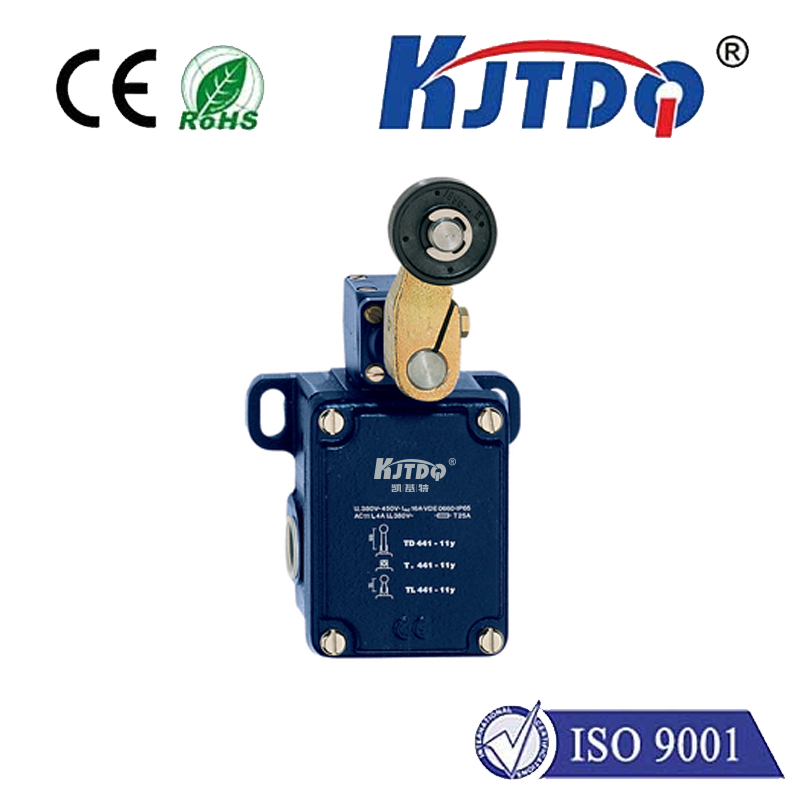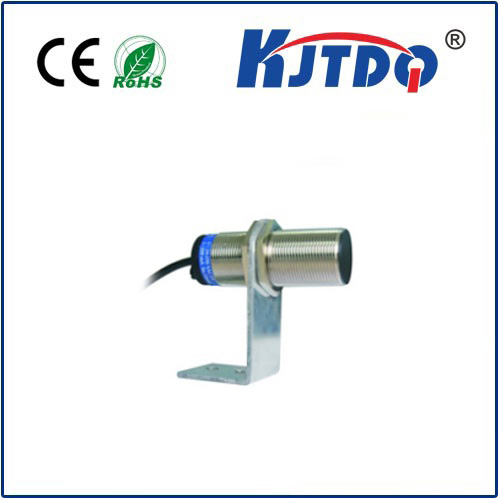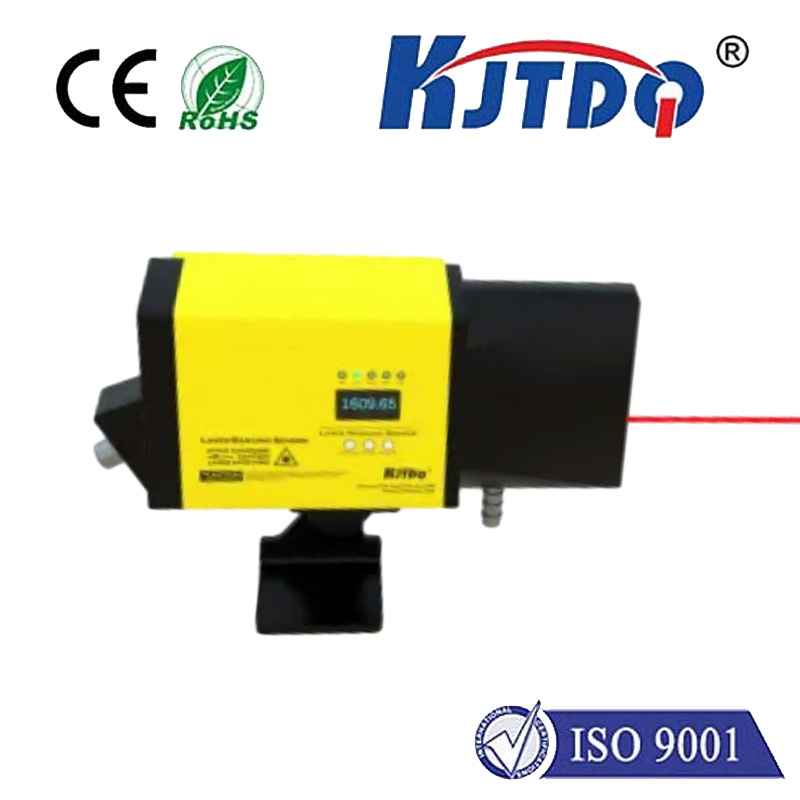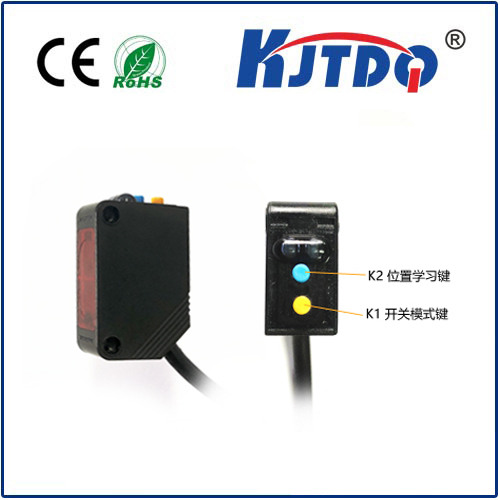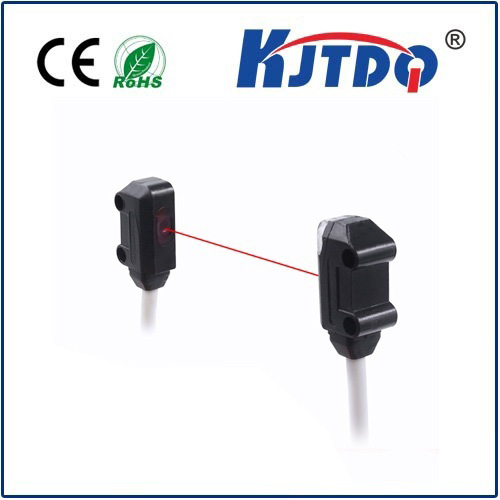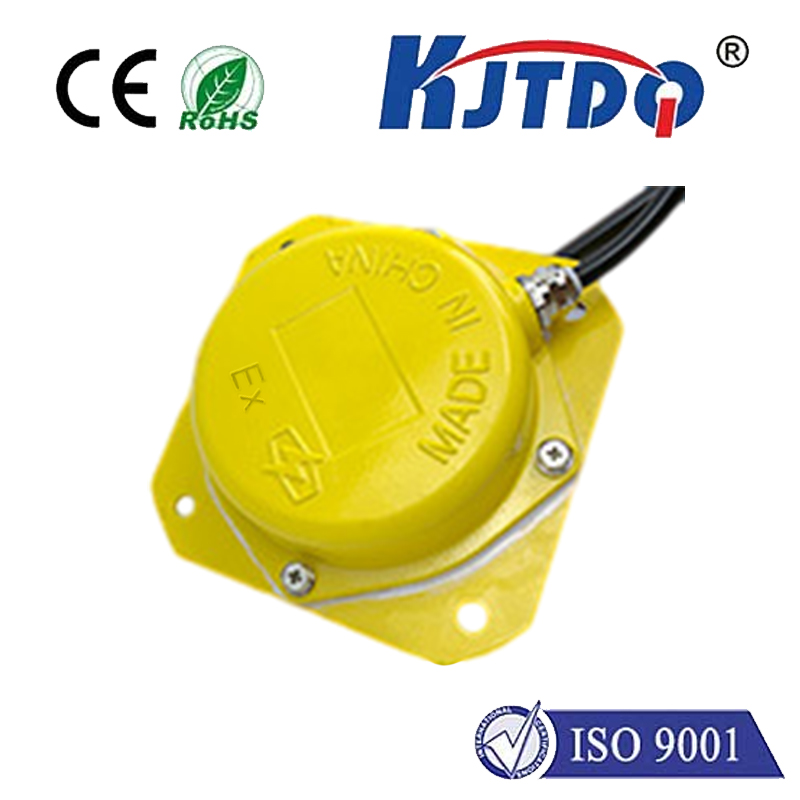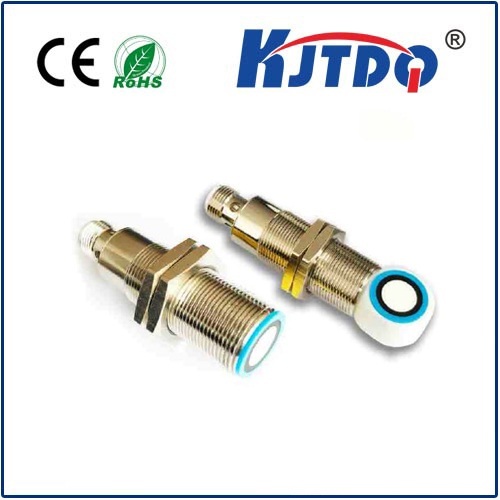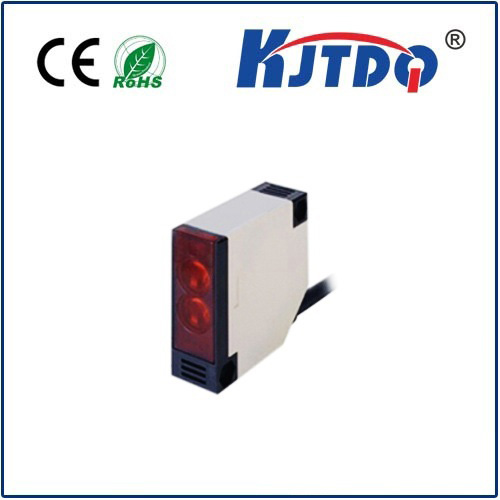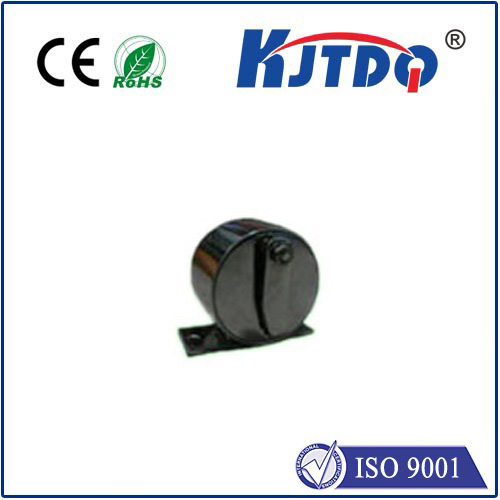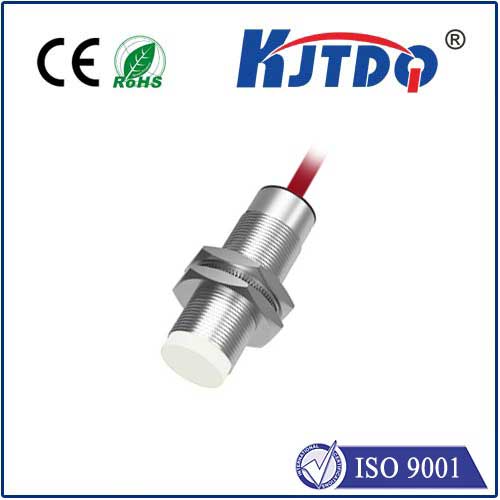reflective proximity sensor
- time:2025-06-16 17:54:08
- Click:0
Mirrors to the Material World: Demystifying Reflective Proximity Sensors
Imagine a world where machines intuitively sense their surroundings without touch, where your car knows a pedestrian is near before you do, or your sleek appliance activates with a mere gesture. This isn’t science fiction; it’s the everyday magic powered by Reflective Proximity Sensors. These compact, ingenious devices are the unsung heroes of automation, safety, and seamless user interaction, quietly shaping our interaction with technology.
So, what exactly is a reflective proximity sensor, and how does it achieve this near-magical feat? At its core, it’s an optoelectronic device designed to detect the presence, absence, or distance of an object without physical contact. It achieves this through a beautifully simple, yet highly effective principle: shining a light and reading the reflection.
Here’s the fundamental operation:
- Light Emission: The sensor contains a light emitter – most commonly an infrared (IR) LED, though visible light LEDs or even laser diodes are sometimes used. This emitter projects a focused beam of light outwards.
- Reflection: When an object enters within the sensor’s designated detection range, some of this emitted light strikes the object’s surface and bounces back towards the sensor.
- Reception: Positioned strategically next to the emitter is a photodetector (like a phototransistor or photodiode). This sensitive component is specifically tuned to detect the wavelength of light emitted.
- Signal Processing: The photodetector converts the reflected light intensity it receives into a small electrical signal. This signal is then fed into the sensor’s internal circuitry. By analyzing the strength of this return signal, the sensor can determine:
- Presence/Absence: Is an object present within range? (Binary detection)
- Distance: How far away is the object? (Analog output sensors)
- Contrast: Distinguishing between different surface reflectivities.
Why Choose a Reflective Proximity Sensor? Unpacking the Advantages

These sensors have carved out a massive niche due to several compelling benefits:
- Compact Simplicity: Combining both the light source and receiver into a single, small housing makes them incredibly space-efficient. This is crucial in modern, miniaturized electronics and machinery where real estate is premium.
- Cost-Effectiveness: Their relatively simple design translates to lower manufacturing costs compared to more complex sensing technologies like ultrasonic or capacitive sensors.
- Reliable Object Detection: They excel at detecting a wide variety of objects, particularly those with reasonably reflective surfaces. Their performance is generally consistent and robust for many industrial and consumer applications.
- Simplified Installation: Unlike through-beam sensors (which require separate emitter and receiver units mounted opposite each other), a reflective IR sensor needs only one mounting point on the machine or device. This drastically reduces installation complexity and potential alignment issues.
- Speed: The detection process (light emission to signal reception/processing) happens incredibly fast, making them suitable for high-speed counting or position verification tasks.
How Do They Compare? Reflective vs. Other Proximity Sensor Types
While powerful, reflective photoelectric sensors aren’t universal. Understanding their place helps in selection:
- vs. Through-Beam Sensors: Through-beam sensors offer the longest possible detection ranges and are less affected by the target object’s color or surface finish, as they simply detect interruption of a beam between separate units. Reflective sensors, however, win on compactness, cost-per-point, and single-point installation. Think of through-beam as a long tunnel gate, while reflective is like a single doorway scanner.
- vs. Diffuse Sensors: Diffuse sensors (sometimes confused with reflective) also house emitter and receiver together. However, they detect light diffused (scattered) off the target object itself, not relying on bouncing light back from a separate reflector. They are simpler still but typically have shorter ranges and are significantly more affected by object color and surface texture than retro-reflective sensors (which do use a reflector). Reflective proximity sensors generally offer better range and consistency against varied surfaces compared to basic diffuse types, though less than through-beam.
- vs. Ultrasonic/Capacitive: Ultrasonic sensors use sound waves and are excellent for detecting transparent objects or measuring distance through dust/mist. Capacitive sensors detect changes in an electrostatic field, ideal for non-metallic objects (like liquids or plastics). Reflective optical sensors are typically faster, cheaper, and better suited for clean environments detecting solid, opaque objects with some reflectivity.
Key Performance Considerations: Tailoring to Your Need
Selecting the right reflective proximity detector involves understanding several critical factors:
- Sensing Distance: What is the minimum and maximum distance you need to detect an object? Sensor specifications clearly list nominal sensing ranges. Remember, the actual range can be influenced by the target’s reflectivity and size.
- Target Characteristics: Material, Color, and Surface Finish drastically impact performance. Highly reflective white surfaces yield the longest range, while dark, matte, or highly absorbent surfaces (like matte black plastic) reduce the effective range significantly. Smaller targets also reflect less light. Understanding your typical target is essential.
- Environmental Factors: Ambient light (especially strong sunlight containing IR), dust, fog, steam, or temperature extremes can interfere with detection. Look for sensors with features like modulated light (pulsing the light source at a specific frequency to distinguish it from ambient) or protective housings (IP ratings) if needed.
- Output Configuration: Does your application need a simple digital ON/OFF signal (object present/absent) provided by a PNP or NPN output? Or do you require an analog voltage or current output proportional to distance?
- Response Time: How quickly does the sensor need to react? High-speed applications (e.g., production line counting) demand faster response times.
- Electrical Requirements: Matching the sensor’s voltage and current specifications to your control system is fundamental.
Bringing Detection to Life: Where Reflective Sensors Shine
The applications for reflective proximity sensors are vast and continually growing:
- Industrial Automation: Object detection on assembly lines (presence/absence), position verification of parts, counting products, monitoring fill levels (depending on container transparency), robot end-of-arm positioning, machine guarding (intrusion detection).
- Automotive: Gear position sensing, anti-pinch systems for windows/sunroofs, seat occupancy detection, proximity detection for parking assist systems.
- Consumer Electronics: Touchless faucets, soap dispensers, hand dryers, paper towel dispensers, automatic doors, presence detection for screen savers, gesture control interfaces.
- Home Appliances: Detecting the presence of dishes in a dishwasher tray, position of trays in ovens, door closed detection.
- Printing & Copiers: Paper jam detection, paper presence in trays, toner level sensing.
- Medical Devices: Position sensing in infusion pumps, presence detection in diagnostic equipment.
- Robotics: Collision avoidance (short range), object detection for gripping, cliff detection.
- Vending Machines: Detecting coin drops or product dispensing.
- **To






